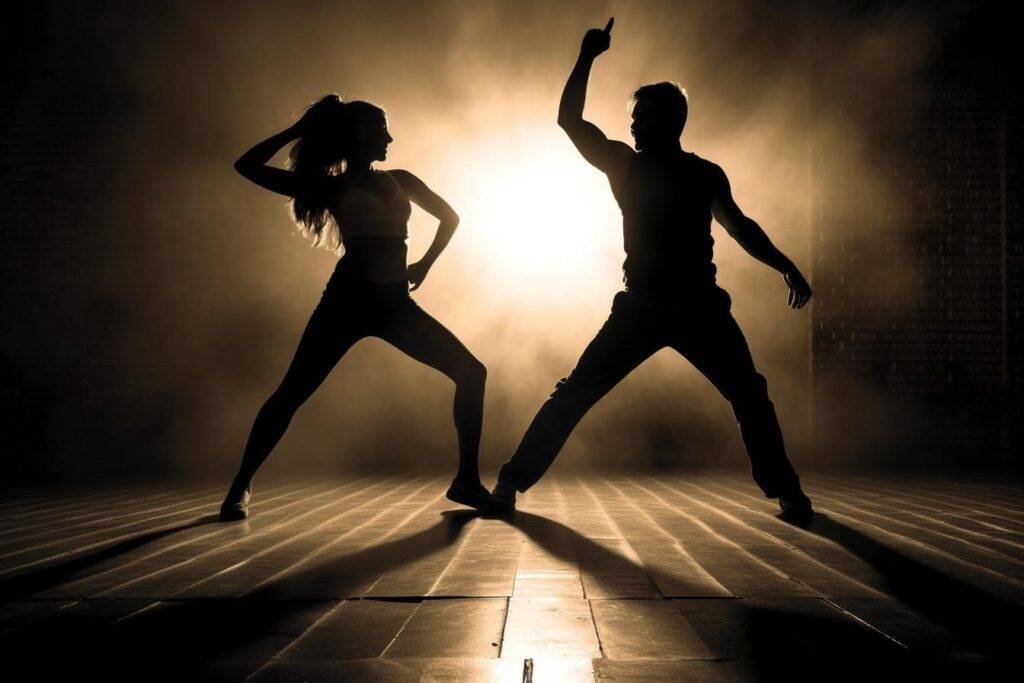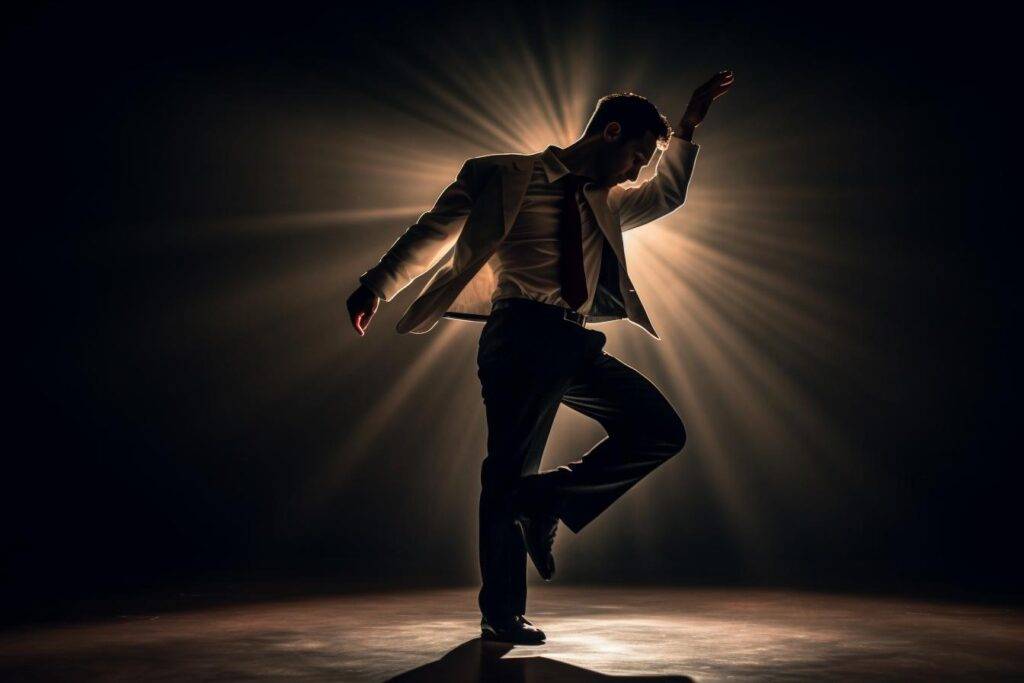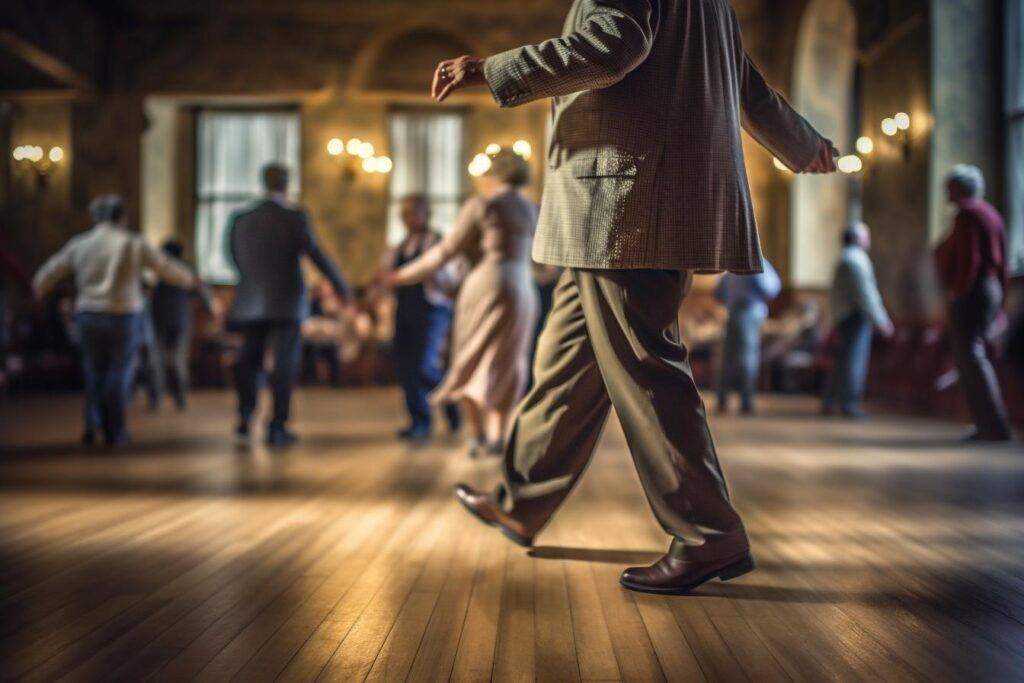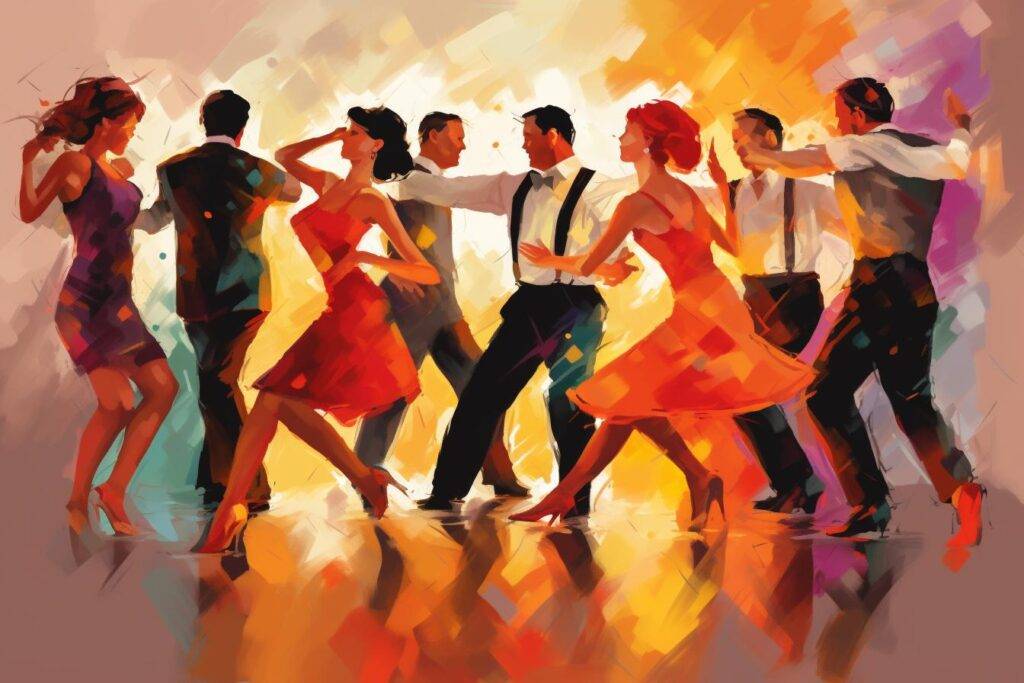Dance has historically played an important role in human society. From traditional folk dances to contemporary dance forms. It has its roots in early human history, where it was used as part of rituals, and has since evolved into different styles that reflect cultural diversity and individual expression.
Historically, dance has served as a tool for storytelling, celebration and socialising. Dance has been used to celebrate important life events. The meaning and symbolism of dance may vary greatly from culture to culture, but it has always been an important part of human expression and social interaction.
In addition to its cultural and historical significance, dancing improves physical and mental health. It is a form of exercise that can improve cardiovascular health, balance and coordination. Dancing releases endorphins which can help reduce stress, anxiety and depression. It has been shown to improve cognitive function, memory and overall brain health.
Dance is a form of communication that allows individuals to express themselves in ways that words cannot. Dance can convey emotions, tell stories and inspire others. In this way, dance can be a tool for social change, raising awareness of important issues.
In today’s society, dance has become a popular form of entertainment, with many different styles and genres. From ballroom dancing to hip hop dance. A global phenomenon that brings together people from all walks of life. Dance has become a way for people to communicate with each other regardless of their cultural or linguistic differences.
Let’s dance!?






